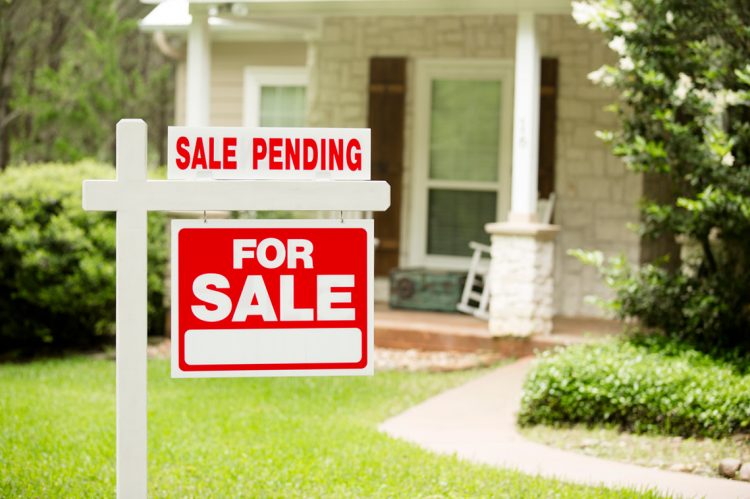Pending home sales decreased by 5.2% in March, according to the latest data from the National Association of REALTORS® (NAR). This is the first monthly decrease since November.
NAR’s Pending Home Sales Index (PHSI) for March registered at 78.9, reflecting a moderate level of activity (an index of 100 is equal to the 5 to 5.5 million level of contract activity in 2001). Year-over-year, however, pending transactions dropped by 23.2%.
In addition, three U.S. regions posted monthly losses, while the South increased. All four regions saw year-over-year declines in transactions.
Key highlights:
- The Northeast PHSI fell 8.1% from last month to 66.6, a decline of 24.3% from March 2022. The Midwest index dropped 10.7% to 75.7 in March, down 21.5% from one year ago.
- The South PHSI improved 0.2% to 99.6 in March, falling 19.8% from the prior year. The West index decreased 8% in March to 59.4, reducing 32.2% from March 2022.
- NAR forecasts that the economy will continue slowly adding jobs and mortgage rates will drop to 6% this year and 5.6% in 2024. Housing starts will fall by 7.3% to 1.44 million in 2023 and increase 6.9% to 1.54 million in 2024.
- NAR anticipates existing-home sales will steadily improve in the upcoming months, but will come up short on an annual figure. Existing-home sales will drop by 9.3% to 4.56 million in 2023 and increase by 15.4% to 5.26 million in 2024.
- Newly constructed home sales will increase by 4.5% to 670,000 in 2023 due to more plentiful inventory and increase by 11.9% to 750,000 in 2024.
- NAR forecasts that median existing-home prices will mostly stabilize—with the national median existing-home price decreasing by 1.8% to $379,600 in 2023 and improving by 2.8% to $390,000 in 2024.
- The expensive West region will see lower prices, but the affordable Midwest region will likely squeak out a positive gain. The median new home price will lower by 1.9% to $449,100 in 2023 and improve by 4.2% to $468,000 in 2024.
Major takeaways:
“The lack of housing inventory is a major constraint to rising sales,” said NAR Chief Economist Lawrence Yun. “Multiple offers are still occurring on about a third of all listings, and 28% of homes are selling above list price. Limited housing supply is simply not meeting demand nationally.”
Yun added, “Sales in the second half of the year should be notably better than the first half as job gains continue and more favorable mortgage rates are expected. Sales of new homes are already matching 2019 pre-COVID activity and are expected to increase in 2023, largely due to plentiful inventory in this segment of the market.”
Realtor.com® Chief Economist Danielle Hale commented:
“Data on contract signings show that home shoppers submitted successful offers on homes at roughly the same pace as January and February despite continued ups and downs in mortgage rates. Despite a small slip, March existing-home sales data reinforced the notion that January may have been the low point. Because contract signings are an early stage in the home sale process, today’s index further solidifies that idea and gives some sense of what the recovery might look like. If current economic conditions persist, with elevated mortgage rates and home prices amid scarce inventory, the market is likely in for a long, slow climb.
“In this environment, we’re seeing more regional variation. These patterns align with recent sales, price and rental trends that highlight greater real estate activity in the more affordable Northeast and Midwest. Similarly, the markets that top the Spring 2023 Wall Street Journal/Realtor.com Emerging Housing Markets Index, such as LaFayette-West LaFayette, Indiana, and Bloomington, Illinois, are overwhelmingly in the affordable Midwest.
“We’re past mid-April’s best time to sell nationwide. This doesn’t mean the opportunity to sell is gone, but rather, in this year’s slower moving housing market, homeowners who are later to list may find themselves needing to price competitively to stand out and attract a buyer among what is typically a growing number of sellers. For buyers, we’re past the season that has historically been the most competitive. In a typical year, we would expect to see the number of homes for sale begin to climb more significantly from this point forward. However, homeowners continue to be a bit hesitant to sell for a variety of reasons, so the seasonal shift in favor of buyers may not occur as quickly this year.”
For the full report, click here.












